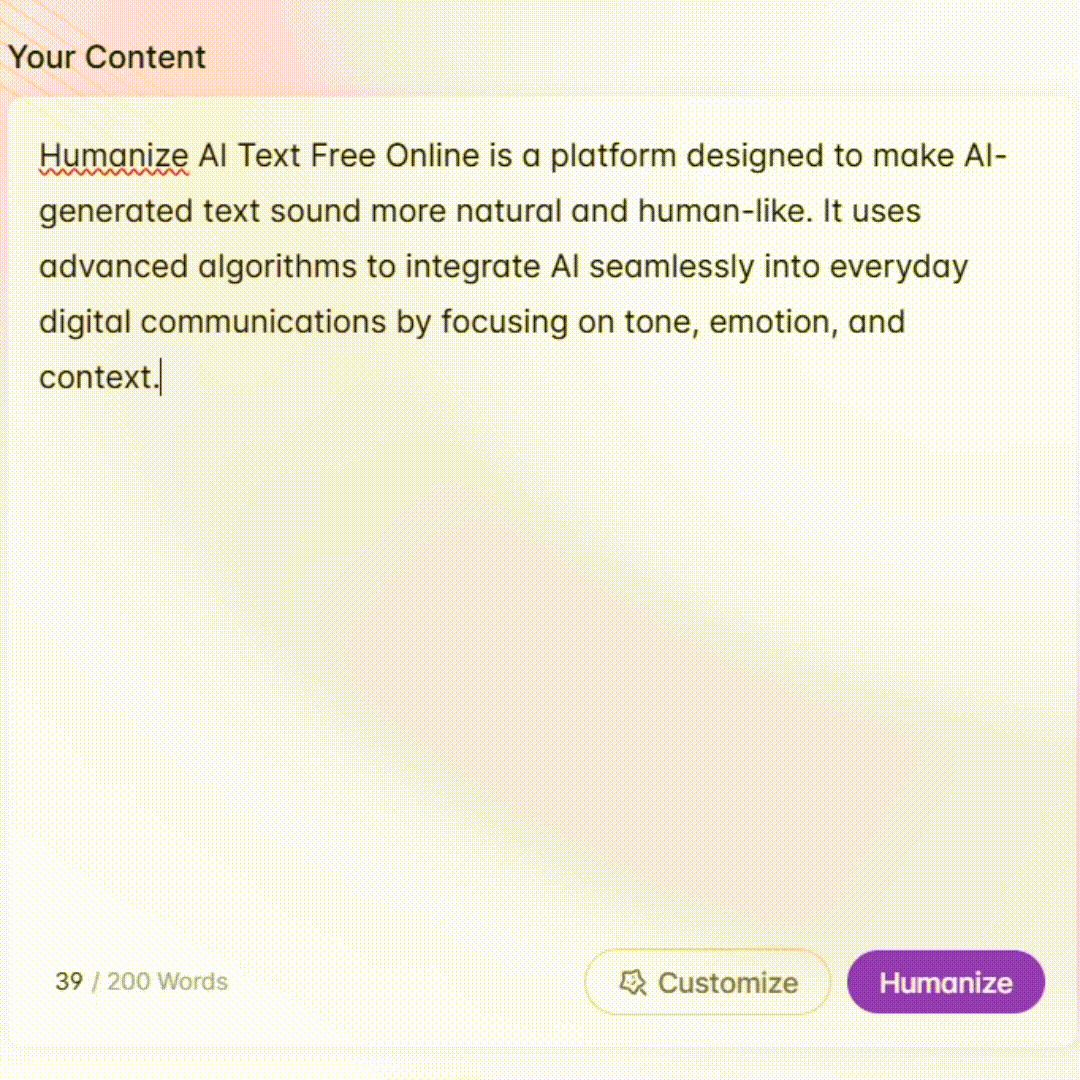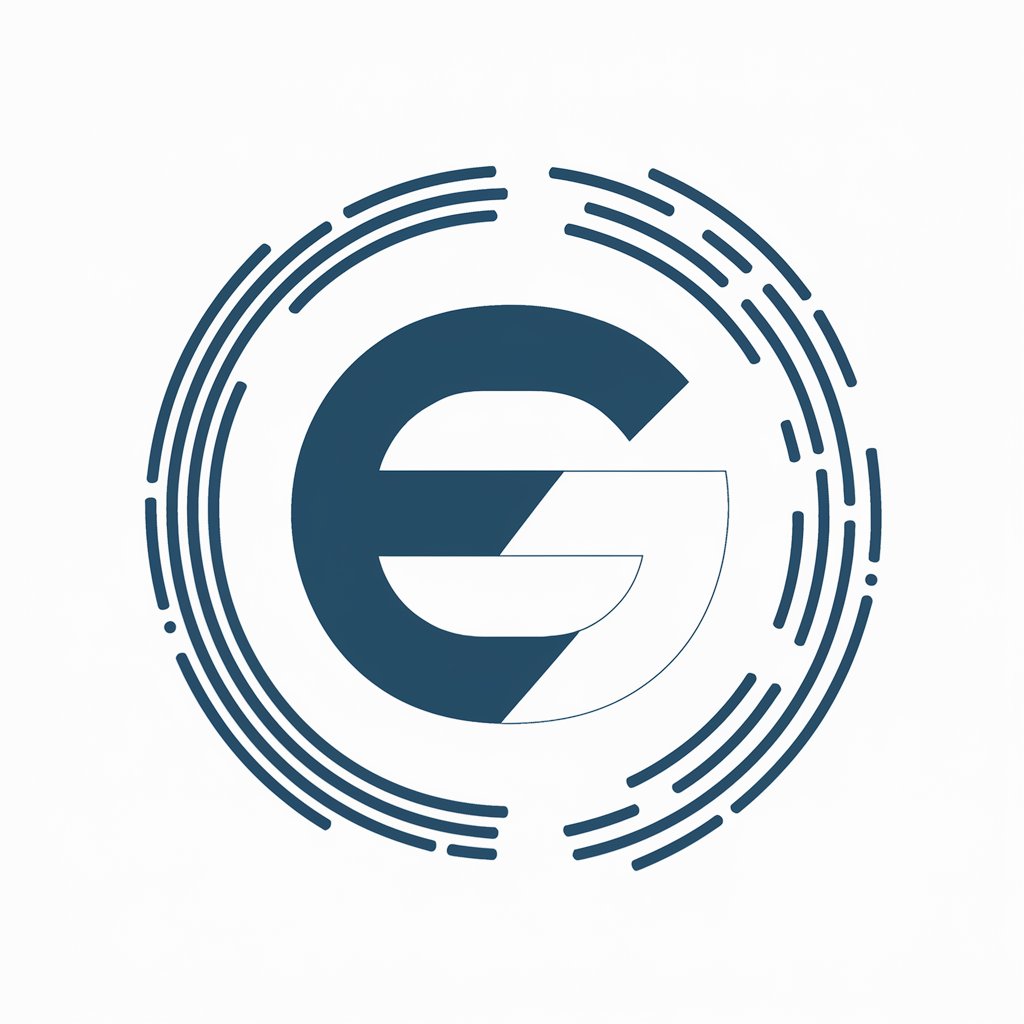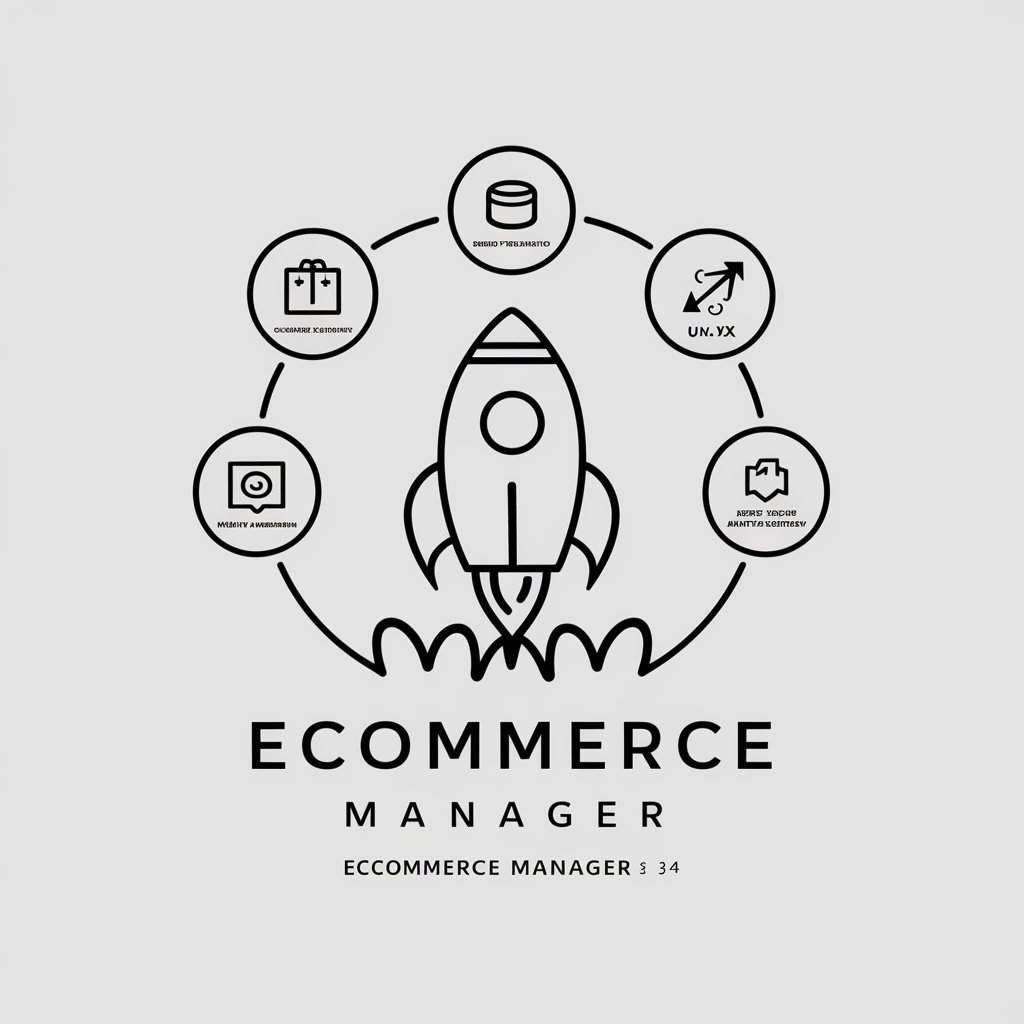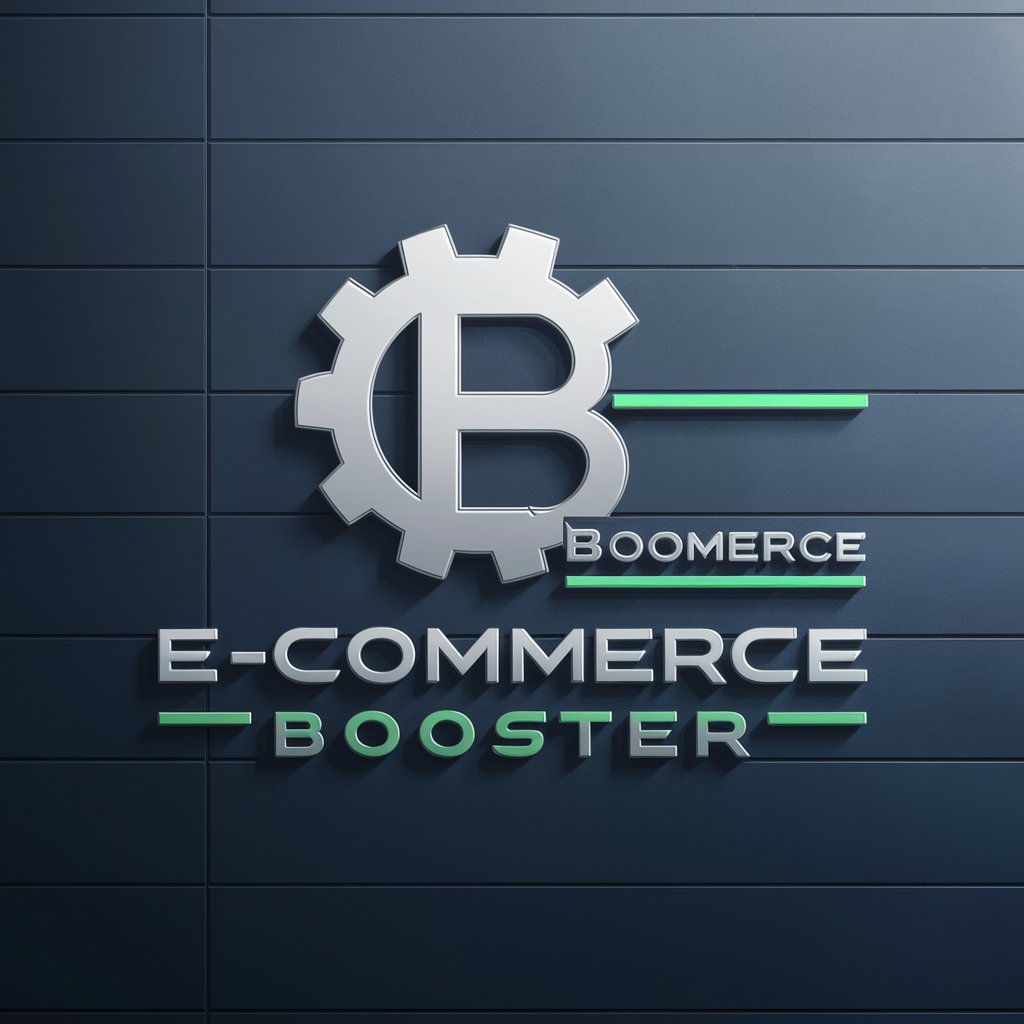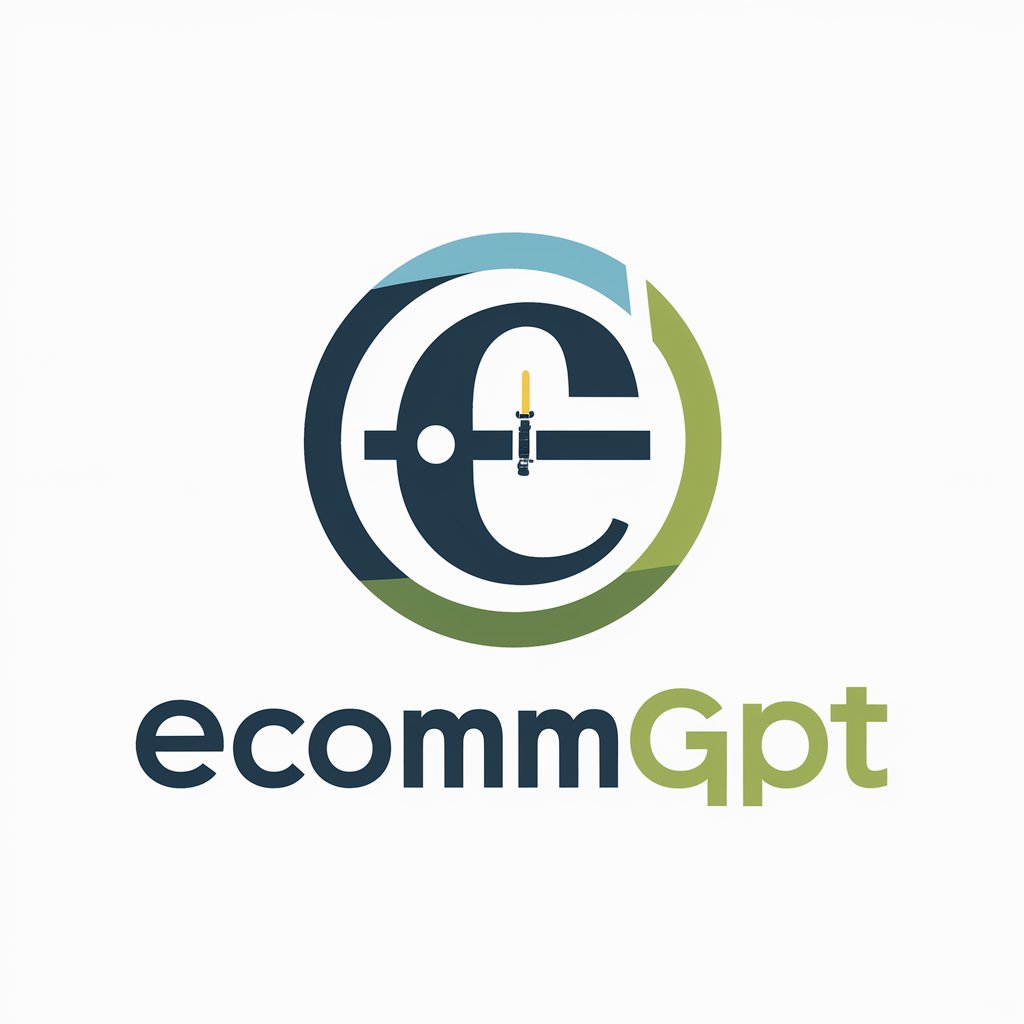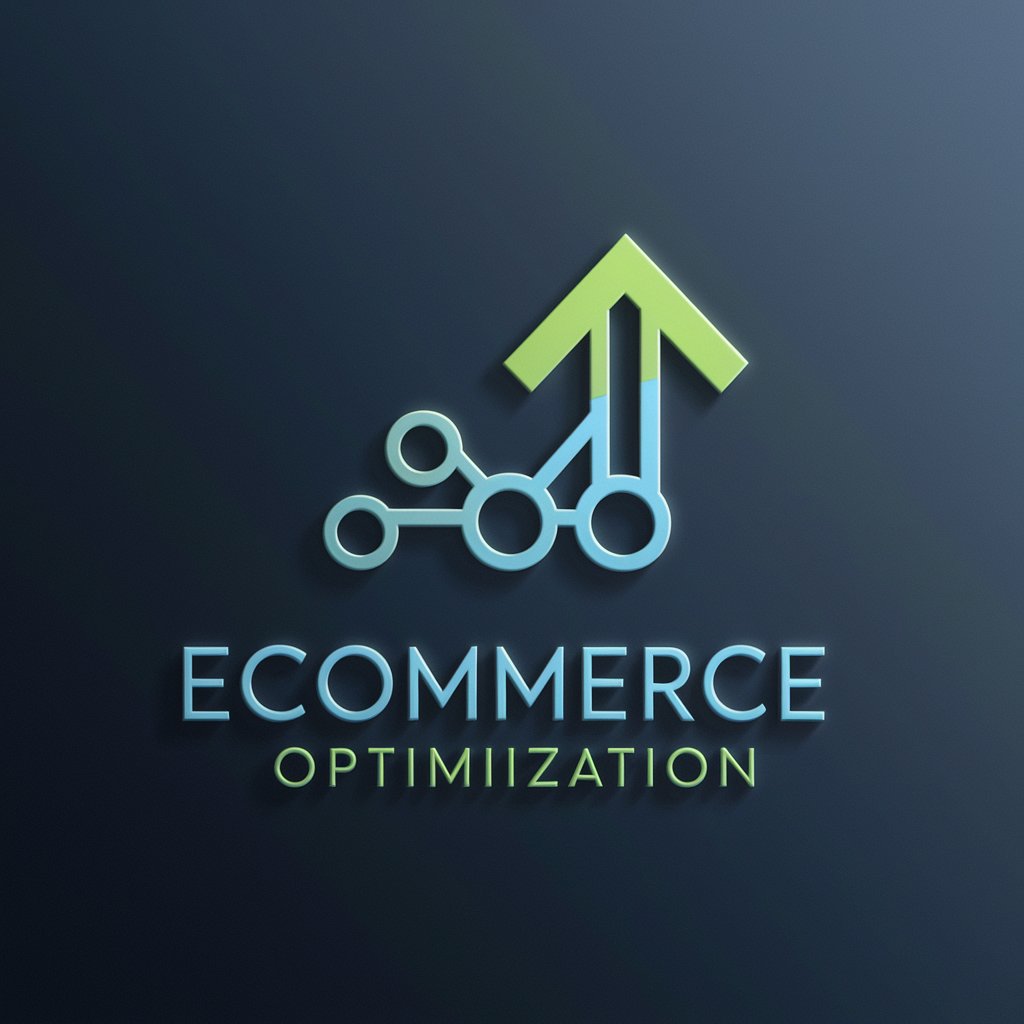
Ecommerce Website Optimizer - CRO tool to boost conversions

Hello! Ready to optimize your ecommerce product pages?
AI-powered optimization for ecommerce success
optimize this product page:
What are the best practices for ecommerce product pages?
Get Embed Code
Introduction to Ecommerce Website Optimizer
The Ecommerce Website Optimizer is designed to improve the conversion rates and overall performance of ecommerce sites by identifying bottlenecks and making specific, data-driven recommendations. Its primary function is conversion rate optimization (CRO), which is the process of analyzing user behavior, identifying pain points in the sales funnel, and optimizing key elements on the site to increase the likelihood of users making a purchase. A typical example involves reviewing the product detail page (PDP) of an ecommerce store, identifying issues such as unclear calls to action (CTAs), poor site navigation, or slow load times, and providing actionable steps to improve user experience and sales. The tool can also integrate data from heat maps, A/B testing, and analytics to fine-tune the optimization strategy. Powered by ChatGPT-4o。

Main Functions of Ecommerce Website Optimizer
Conversion Rate Optimization (CRO) Audits
Example
An audit is conducted on the homepage or product page of a retail store selling fashion apparel. The audit finds that the call-to-action buttons are too small and lack contrast, leading to low engagement. Recommendations include making the CTA more prominent with a bright color and larger size.
Scenario
A retailer notices a drop in product page conversions and runs a CRO audit to pinpoint issues. The optimizer identifies that their product images are low resolution and not large enough to display item details, leading to lost sales.
Heatmap Analysis and User Behavior Insights
Example
For a luxury skincare brand, heatmaps reveal that users are not scrolling past the hero image to view product details. The tool recommends shortening the hero image and placing key product details above the fold.
Scenario
The brand notices high bounce rates from their homepage. Heatmap analysis suggests that users aren’t interacting with the CTAs below the fold, prompting a redesign to bring CTAs into the visible area.
Mobile Optimization
Example
An ecommerce site selling tech gadgets improves its mobile checkout experience by making the form fields full-width for easy tapping and reducing unnecessary steps.
Scenario
The retailer sees a high abandonment rate on mobile devices. An analysis reveals that input fields are too small and the checkout process is cluttered, leading to cart abandonment.
A/B Testing and Split Testing
Example
A/B testing on a fashion retail site compares two product page designs: one with a discount prominently displayed and another with social proof (reviews) above the fold. The test reveals that showing reviews increases conversions by 12%.
Scenario
An ecommerce store wants to optimize product page layout. A/B testing helps determine which element—discounts or customer reviews—has a more significant impact on conversion.
Checkout Funnel Optimization
Example
A furniture retailer identifies a high drop-off rate at the payment stage of checkout. The optimizer suggests minimizing the number of form fields, allowing guest checkouts, and integrating multiple payment options to increase conversions.
Scenario
A retailer is losing customers during checkout. By simplifying the process and reducing the number of required steps, they improve the checkout conversion rate by 20%.
Page Load Speed Improvements
Example
A collectibles ecommerce store uses the optimizer to find that its Shopify plugins are slowing down the site. After optimizing, the site’s load time improves by 30%, and the bounce rate drops significantly.
Scenario
An ecommerce store for memorabilia notices that slow site load times are leading to lost customers. The optimizer recommends removing certain heavy plugins and optimizing image formats.
Cross-Sell and Up-Sell Strategy
Example
A site selling sports equipment implements personalized recommendations based on browsing behavior, increasing average order value by suggesting complementary products like socks for a shoe purchase.
Scenario
A store implements a cross-sell strategy where, after a customer adds a product to the cart, related items are recommended, resulting in an increase in overall revenue.
Ideal Users of Ecommerce Website Optimizer
Small and Medium-Sized Businesses (SMBs)
SMBs looking to increase their online revenue without large marketing budgets benefit greatly from Ecommerce Website Optimizer. These businesses often have limited resources to spend on advertising, so improving conversion rates on existing traffic is crucial. They typically use the optimizer to streamline checkout processes, optimize mobile experiences, and test small changes like button colors or CTA placement.
Ecommerce Brands with High Traffic
Brands with high website traffic but low conversion rates are ideal users. For them, the CRO process helps unlock additional revenue from existing visitors by improving site speed, optimizing product pages, and enhancing the overall user experience. For example, a high-traffic fashion retailer might use the optimizer to test different product image sizes or placements to reduce cart abandonment.
Digital Marketing Agencies
Agencies managing ecommerce campaigns for clients can use the optimizer to deliver measurable improvements in conversion rates and return on ad spend (ROAS). By analyzing client websites and implementing data-driven optimizations, agencies can increase performance without increasing ad spend, helping justify their value to clients.
D2C (Direct-to-Consumer) Companies
D2C brands that rely heavily on their websites for sales can use the optimizer to build trust with first-time visitors, improve the speed and efficiency of the checkout process, and maximize average order value (AOV) through upselling and cross-selling strategies. They benefit by turning more visitors into paying customers.

How to Use Ecommerce Website Optimizer
1
Visit yeschat.ai for a free trial without login or ChatGPT Plus.
2
Upload or provide a URL of your ecommerce product page (PDP) for detailed CRO analysis.
3
Review suggestions based on your website’s layout, content, and customer flow, focusing on key areas for conversion improvement.
4
Implement high-impact changes like optimizing CTAs, improving page load times, or streamlining checkout processes.
5
Monitor CRO improvements with analytics tools like Google Analytics to track conversion rate uplift post-implementation.
Try other advanced and practical GPTs
Ecommerce Product Research Expert
AI-powered insights for ecommerce success

Ecommerce GPT
Revolutionize Your E-commerce Game with AI-Powered Insights
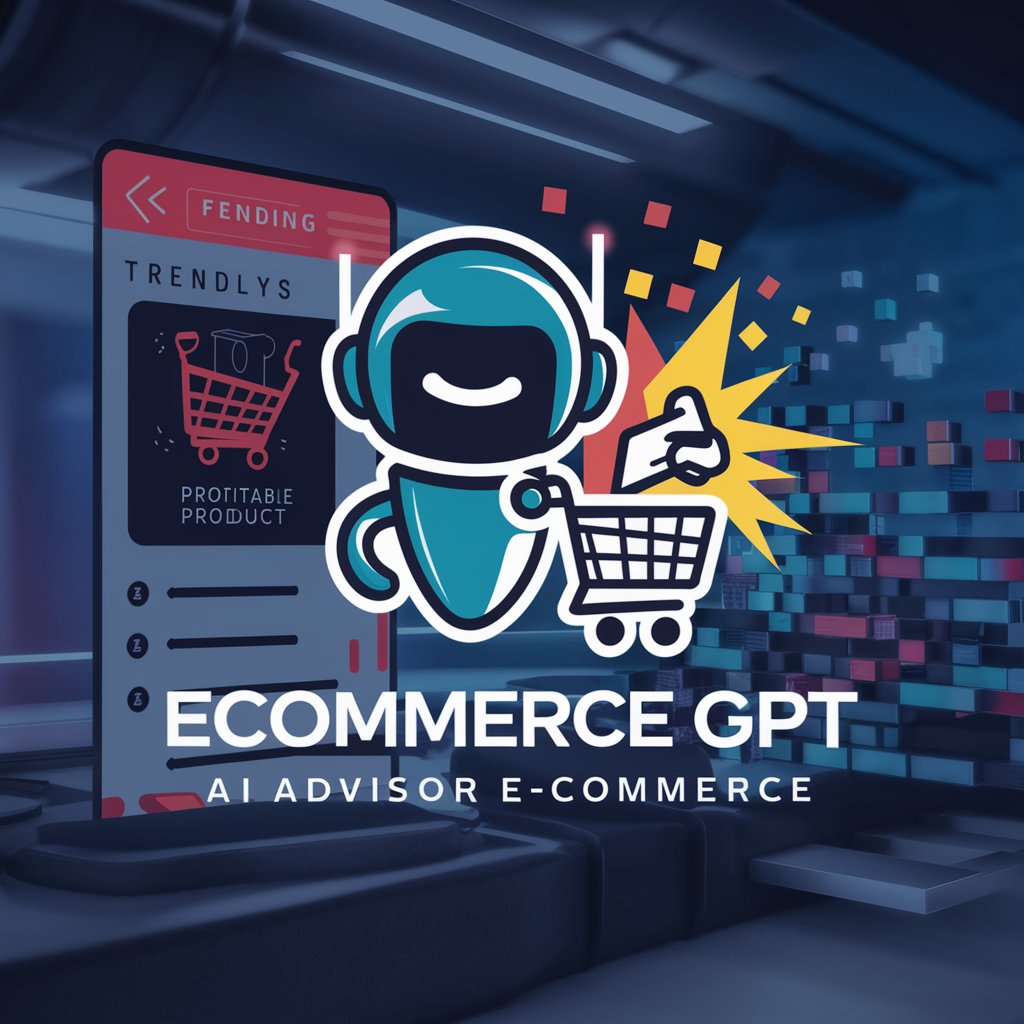
Ecommerce Guru
Master eCommerce with AI-powered insights
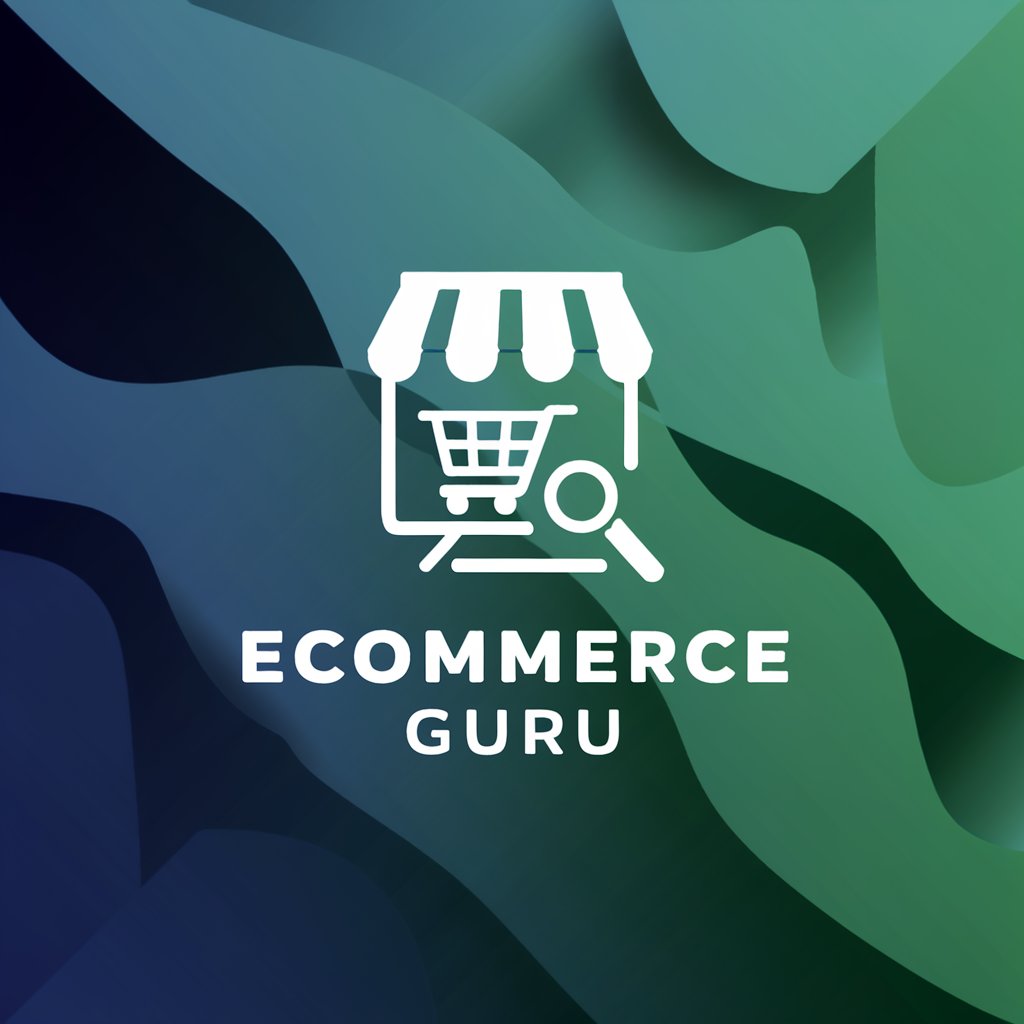
SERP-based SEO Content Brief Generator
Elevate Your Content with AI-driven SEO Insights

SERP Insights SEO Writer
Elevate Your Content with AI-Driven SEO Insights

Advanced Content Creation - SEO, SERP & AI
Elevate Content with AI Power
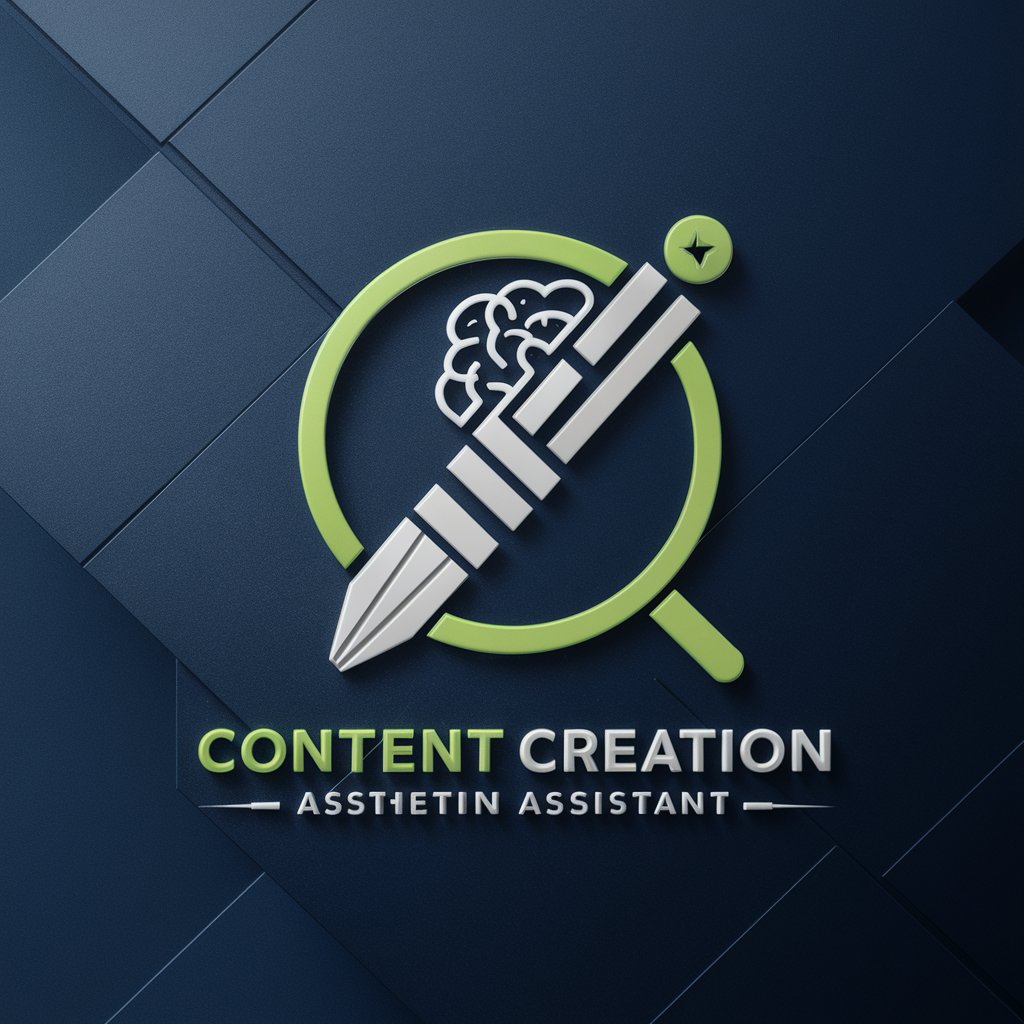
Studio Sound Wizard
Empower Your Sound with AI

Serenity
Guidance Powered by AI

Serenity
Empowering Mental Wellness with AI

Serenity Assistant
Empowering Wellness with AI

Serenity
Empowering You with AI Guidance

아로마 테라피 가이드
Empowering Your Wellness with AI
Common Questions About Ecommerce Website Optimizer
How does the Ecommerce Website Optimizer work?
It analyzes your ecommerce product page, identifies conversion barriers, and suggests specific improvements like faster load times, optimized CTAs, or better product visuals to boost conversions.
What kind of results can I expect from using the tool?
Expect increased conversion rates, reduced cart abandonment, and higher average order values. The optimizer focuses on customer experience and friction points, helping you convert more visitors into buyers.
Do I need technical skills to use this tool?
No, the optimizer provides actionable CRO suggestions that you or your web team can implement easily. Detailed guidance ensures even non-technical users can follow through.
Can I track the impact of suggested changes?
Yes, by using analytics platforms like Google Analytics to measure conversion rate changes over time, you can monitor the effectiveness of each improvement.
Does the tool help with mobile optimization?
Absolutely. It assesses your site’s mobile usability, ensuring mobile visitors experience a fast, seamless shopping experience, which is key for conversion rate improvements.
